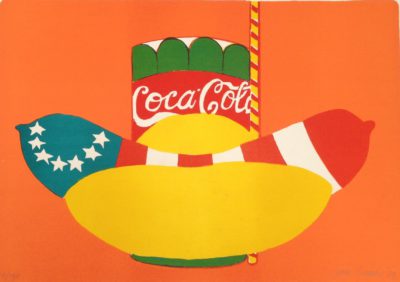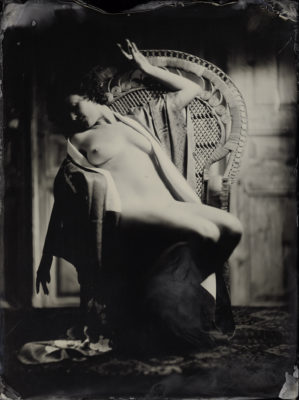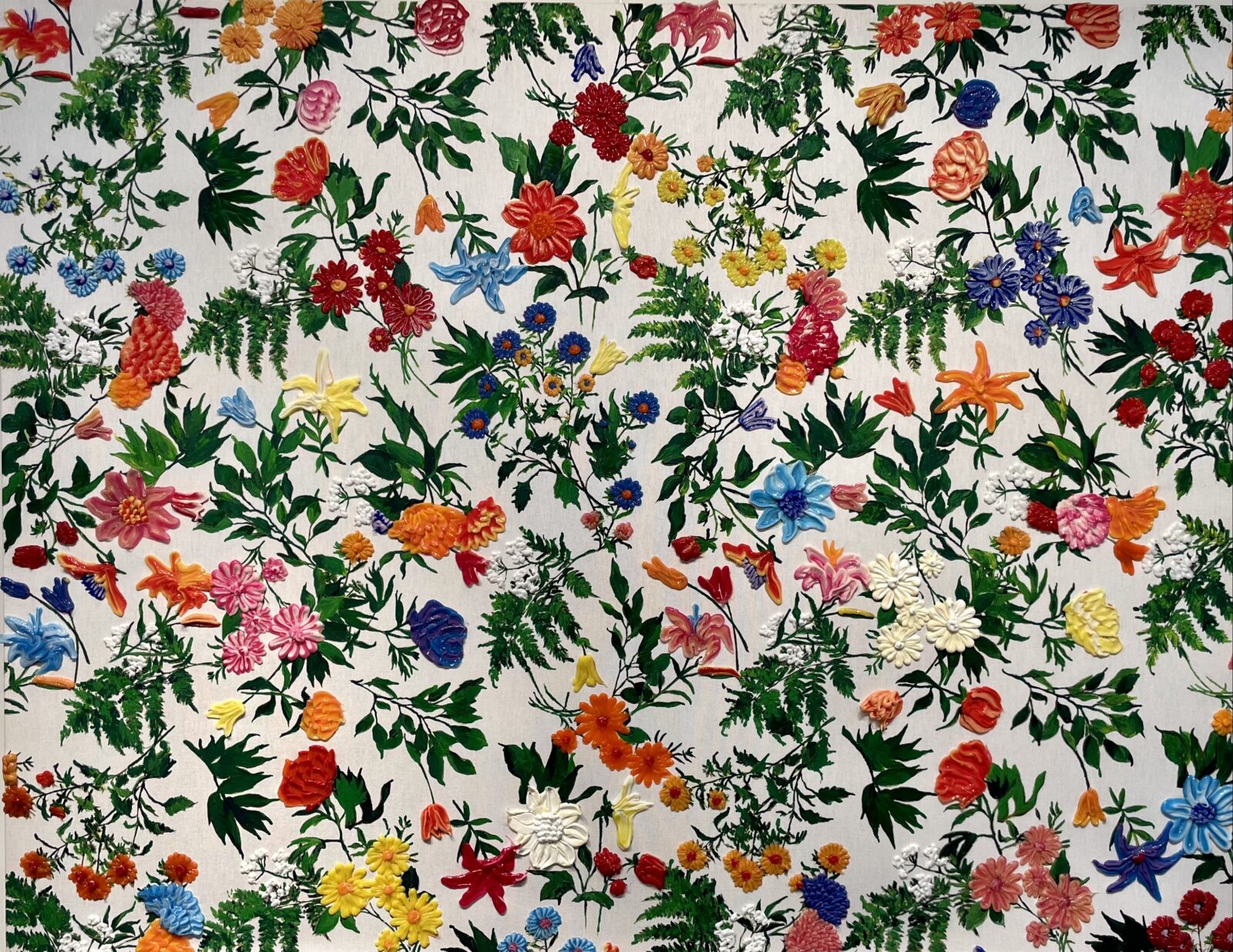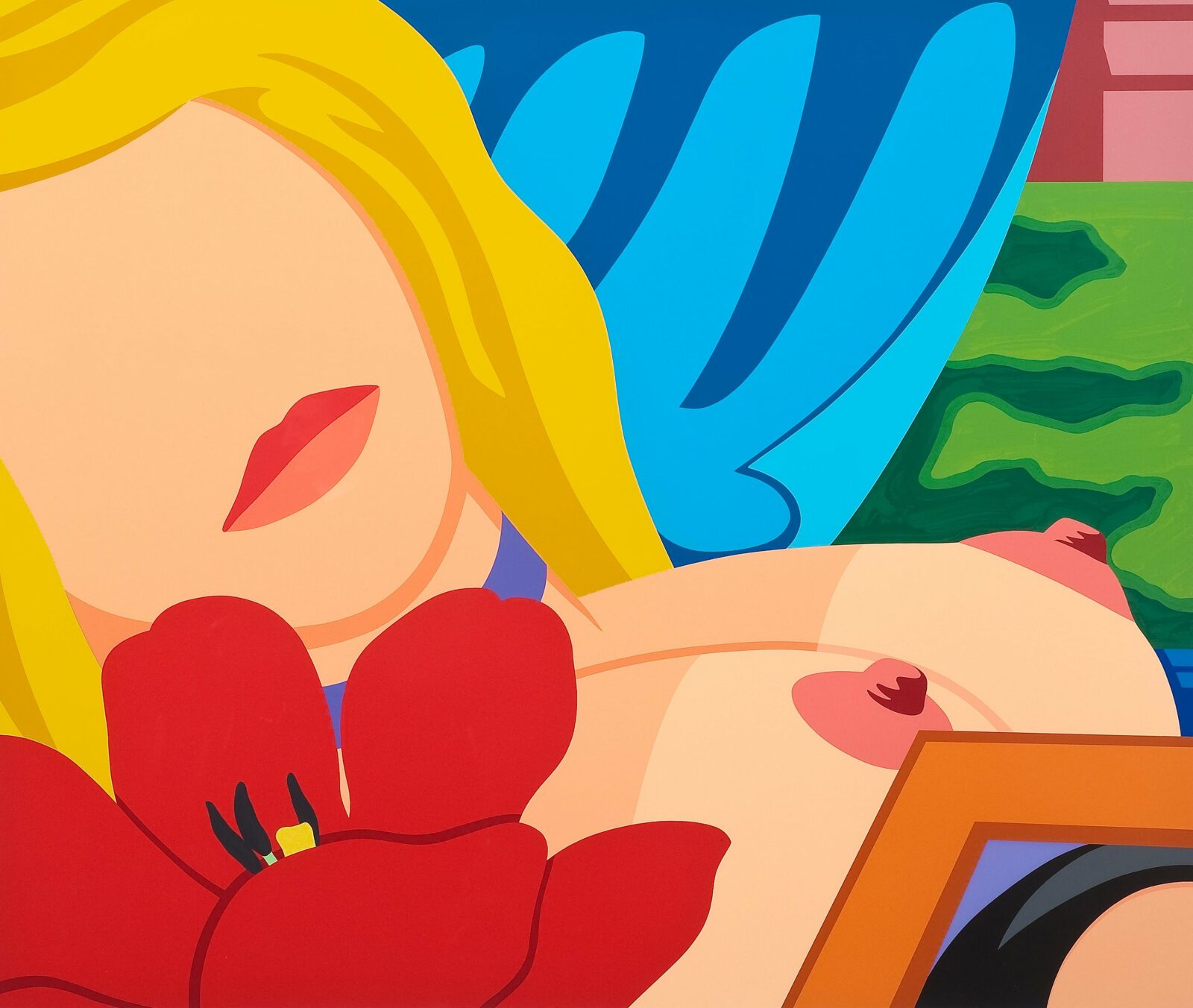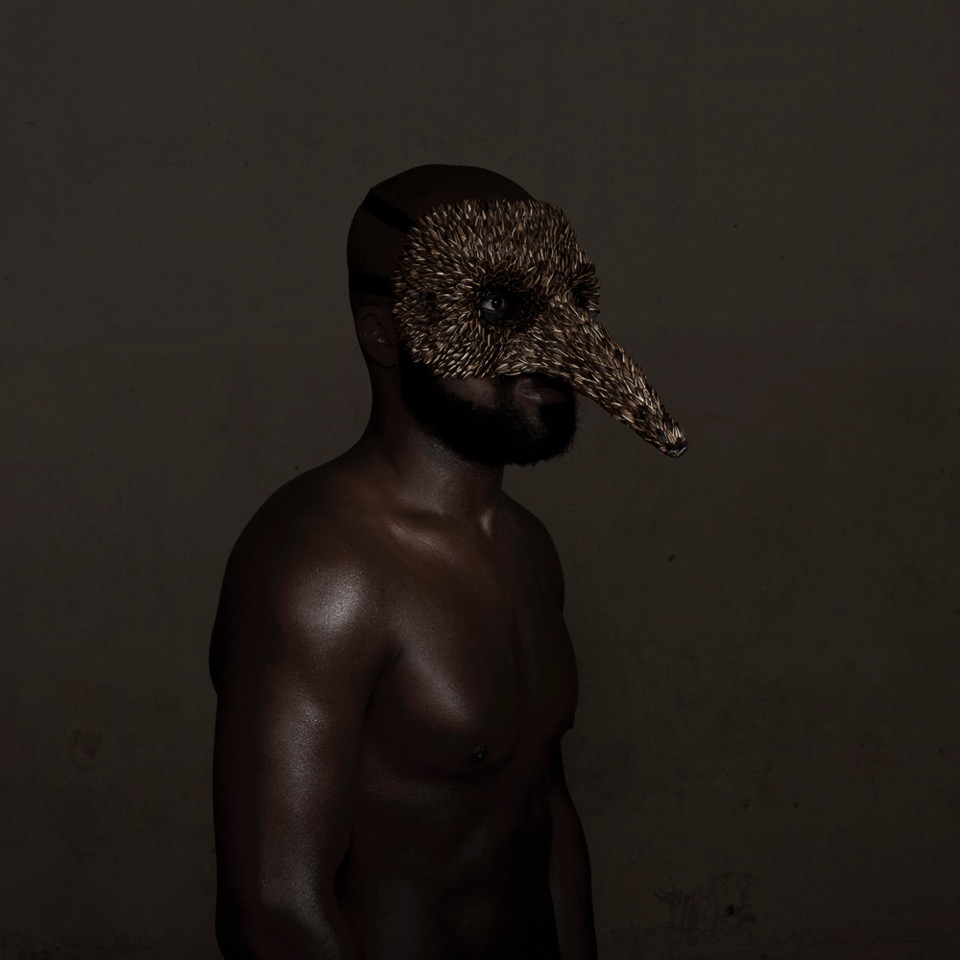Bastiaan Kijzers
1962 – Delft
Bastiaan Kijzers was born in Delft in 1962. Kijzers has always been involved with nature from an early age on. He was very interested in plants and birds which eventually made him draw them. Ultimately, he became a biologist as a profession. However, after years of studying biology it turned out that scientific research as his ultimate profession could not bring Kijzers to what he wanted to reach as in life. Photography offered a solution, with which he could tell his own story in. Kijzers has found the opportunity to find time for ''unbound photo work'' during his busy life. He went on a voyage of discovery in various places, such as building sites, public gardens, paths, green strips and landscaped nature. At any place he was located at he could find these small spots of nature.
Works CVPhotography
Bastiaan Kijzers was born in Delft in 1962. Kijzers has always been involved with nature from an early age on. He was very interested in plants and birds which eventually made him draw them. Ultimately, he became a biologist as a profession. However, after years of studying biology it turned out that scientific research as his ultimate profession could not bring Kijzers to what he wanted to reach as in life.
Photography offered a solution, with which he could tell his own story in. Kijzers has found the opportunity to find time for ”unbound photo work” during his busy life. He went on a voyage of discovery in various places, such as building sites, public gardens, paths, green strips and landscaped nature. At any place he was located at he could find these small spots of nature.
Looking down, lying down, Kijzers would discover a life, often only a few centimeters in size, – next to- and almost beneath our own feet; ‘’fantastic landscapes’’, as he likes to call it. The artist has developed a visual language with which he can express in what he experiences and sees in nature and how he can show his newly discovered world.
Kijzers pursuits this by taking several photos of a place and putting them all together later, so that they form the image he discovered with his point of view. Because the individual photos were taken one after the other, the camera was forced to move and the subject was able to move during that time, the individual photos no longer connect seamlessly like they were shot before.Sometimes as many as 500 photos are processed in 1 work. However, when you look at the ultimate picture from a distance, they do seem to reconnect; potentially by filling those mismatched spots with our brains. When you get closer, you see the places of long jump, the old frame, the movement, the depth and the multiple layers that one simple place can have. A journey of discovery, time and movement to discover in one image.





